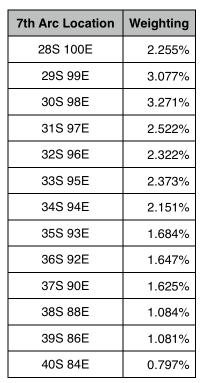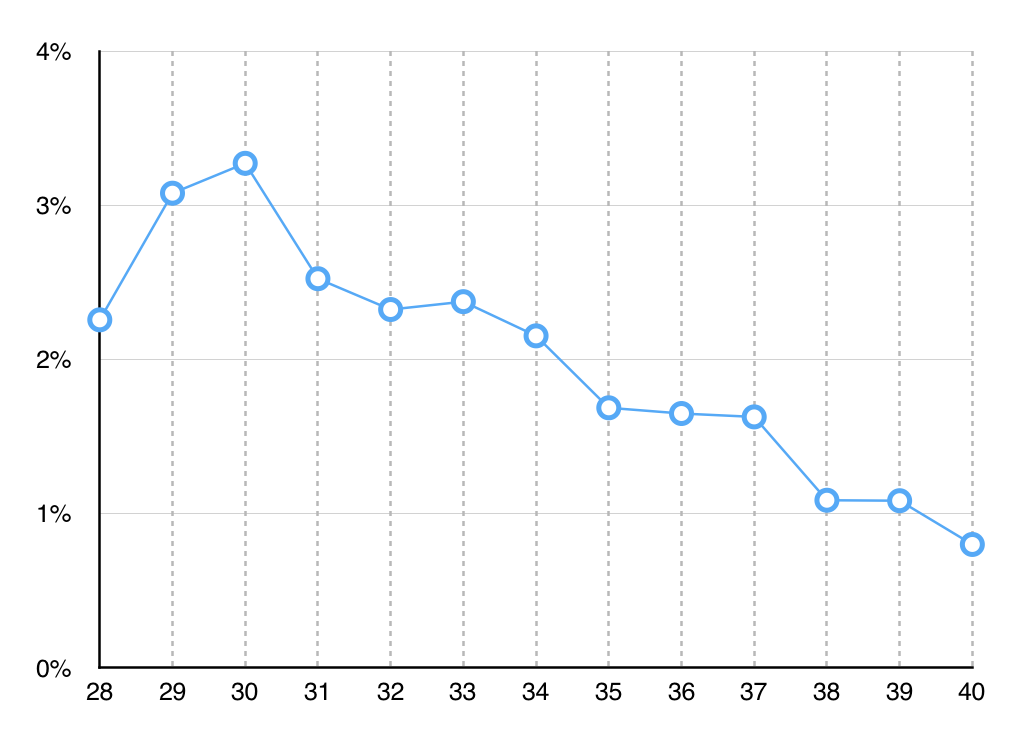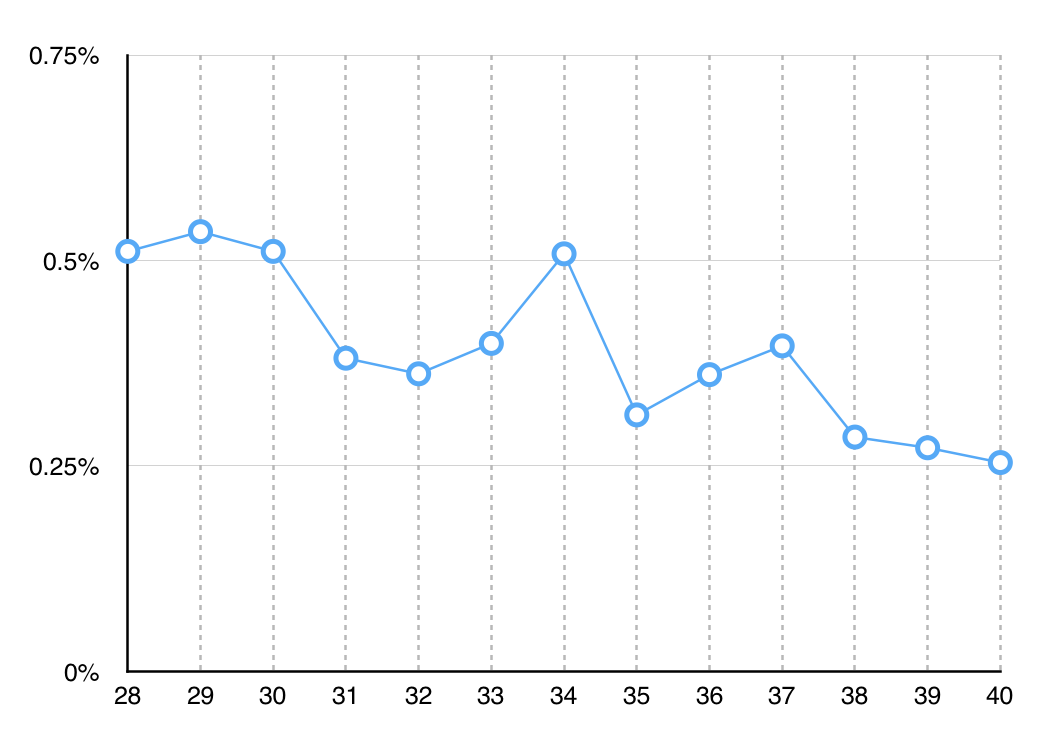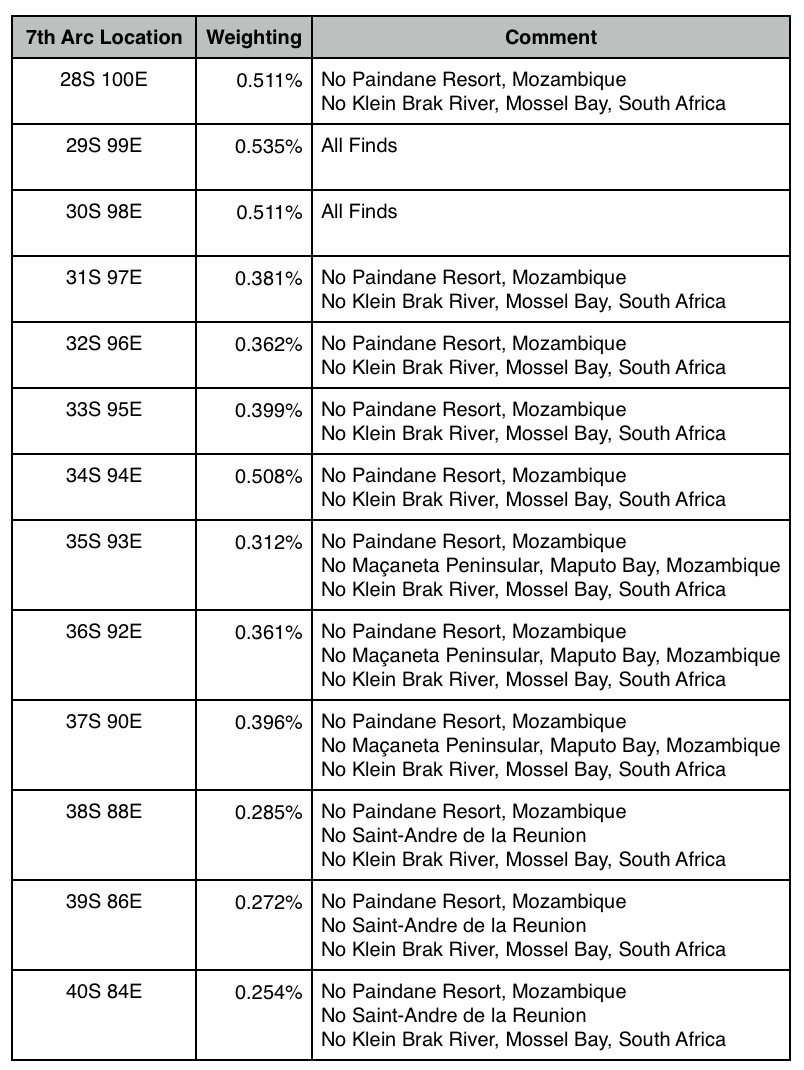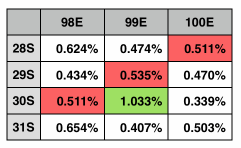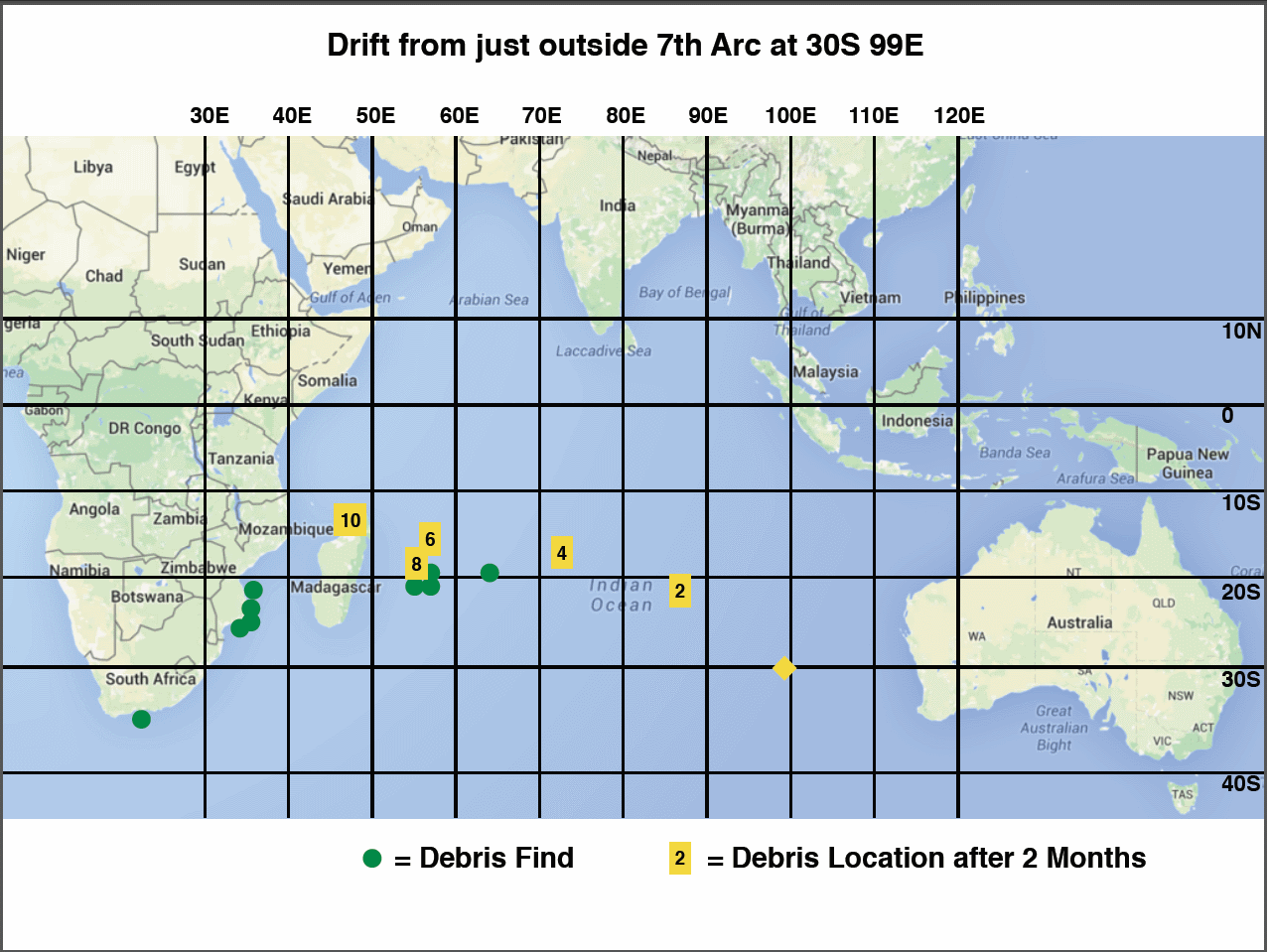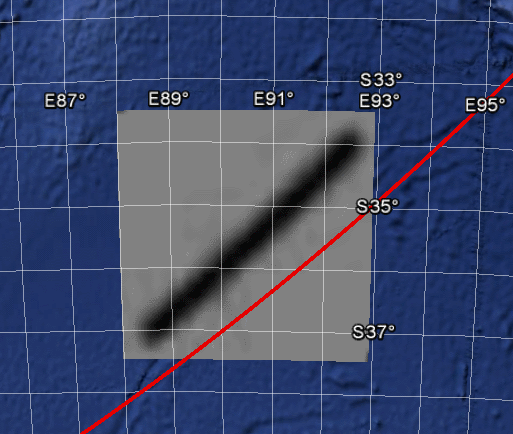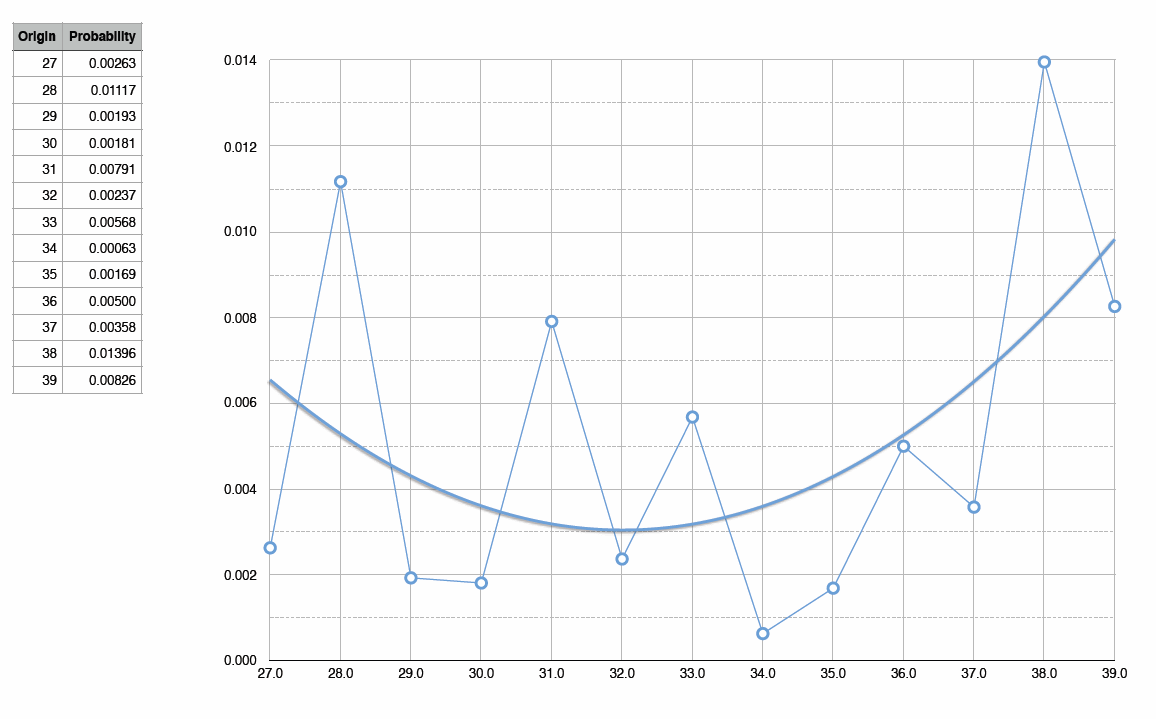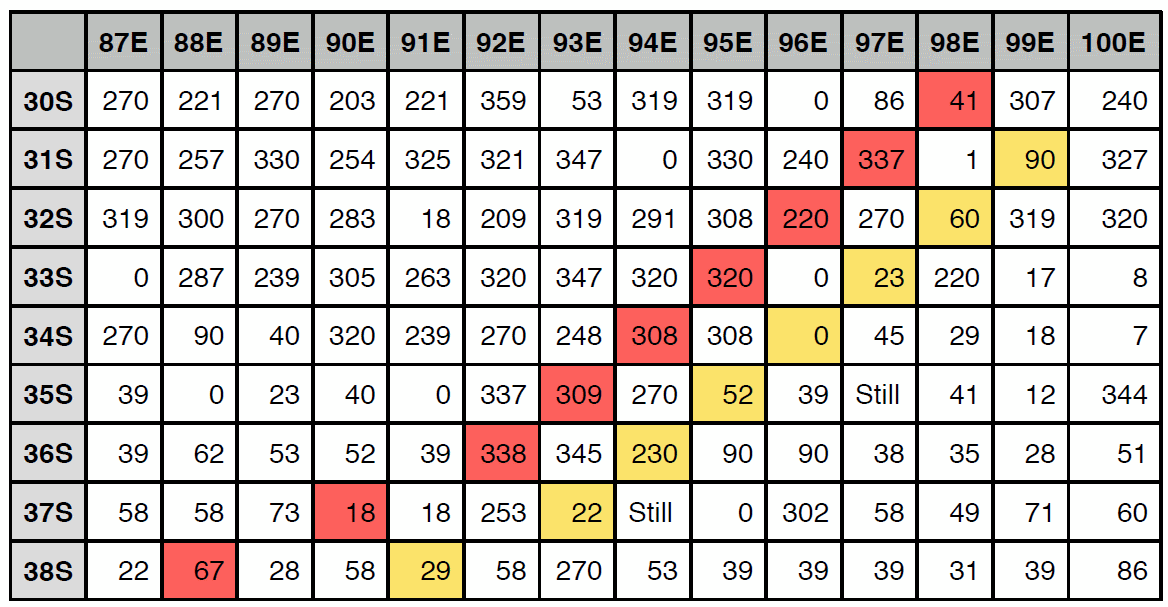Possible Flight Path for MH370 Ending North of the Current Search Zone
Victor Iannello, ScD,
June 25, 2016
(See also the addendum at the end of this post.)
Introduction
The underwater search for debris from MH370 has been unsuccessful so far. The current search zone in the Southern Indian Ocean (SIO) consists of a total of 120,000 square kilometers of seabed, of which 105,000 square kilometers (88%) have been searched to date. There have been no announcements from Malaysian, Australian, or Chinese officials indicating that the search will continue after the scanning of the current search area is completed.
The definition of the current search zone, shown in Figure 1, is based on reconstructed flight paths that are derived from available radar data combined with an analytical interpretation of satellite communications data. In December 2015, a comprehensive study of reconstructed flight paths was completed by Australia’s Defence Science and Technology Group (DSTG) [1]. The satellite data suggest that the aircraft continued to fly for nearly six hours after the last radar capture. As the satellite data are insufficient to determine the precise flight path of MH370, other constraints are imposed on possible flight paths that result in the definition of a more manageable search area. These constraints relate to performance of the B777-200ER aircraft as well as pilot inputs to flight controls. The ability to accurately define the search area is therefore limited by the accuracy of these constraints, and in particular, the accuracy of assumptions related to how the aircraft was flown by the pilots, including whether or not there were pilot inputs during the final hours of the flight.
In the past year, debris from MH370 that has drifted west across the Indian Ocean has been recovered from the shores of La Reunion, Mozambique, South Africa, Mauritius, and possibly Tanzania. Godfrey [2] and others have investigated the drift patterns of floating debris from various possible crash sites, and conclude that the crash site might have occurred outside and to the northeast of the current search zone shown in Figure 1. This could explain why no debris on the seabed has yet been found in the current search zone.
In this paper, we re-visit some of the assumptions that were used to define the current search zone and propose a possible flight path that ends northeast of the current search zone and is consistent with drift studies performed by Godfrey [2].
Definition of Current Search Zone
After the last primary radar capture of MH370 at 18:22 UTC, the only data we have to reconstruct the flight path are the satellite data “pings”. The log-on sequences at 18:25 and 00:19 along with the handshakes at 19:41, 20:41, 21:41, 22:41, and 00:11 provide Burst Timing Offset (BTO) data and Burst Frequency Offset (BFO) data, while the failed telephone calls at 18:40 and 23:14 provide us with only BFO data.
We can use the BTO data to determine the distance between the aircraft and Inmarsat’s I3F1 satellite, which relayed two-way communications between the ground earth station (GES) in Perth, Australia, and the aircraft. This information can in turn be used to determine a “ping arc” of possible positions of the aircraft for each BTO data point. The BFO data, on the other hand, can be used to determine the approximate direction of the aircraft to discriminate, for example, between northerly and southerly trajectories. The details of these calculations have been presented elsewhere, such as Ashton et al. [3]. The last BTO value at 00:19 provides us with the best-estimate of possible locations for the crash, and this ping arc is known as the “7th arc” because it is the seventh BTO burst in the sequence of bursts starting at 18:25.
In addition to the speed and track, the value of the BFO is strongly influenced by the vertical speed of the aircraft, i.e., a climb and a northerly velocity for the aircraft both influence the BFO in a positive sense. If the vertical speed is not known, it becomes difficult to use the BFO to determine the direction of the aircraft. For instance, a particular value of BFO may indicate a trajectory to the south and level flight, or a trajectory to the north and descending flight. This ambiguity is removed if the flight is known to be level, for instance, at a particular time.
In an attempt to help define the search area, a detailed analysis of possible reconstructed flight paths was performed by the DSTG [1] using probabilistic methods. By assuming that random manoeuvers which change the speed and direction of the aircraft occur at randomly distributed intervals, and using previous commercial flight data to calibrate the stochastic model, a distribution of possible end points in the SIO was generated. Using the BFO data at 18:28 and 18:40, and assuming level flight, the DSTG analysis predicts that a turn to the south occurred at some time between 18:28 and 18:40. The probability distribution of the location of MH370 from this analysis is shown in Figure 1, which shows the highest probability at a position on the 7th arc near 38S latitude.
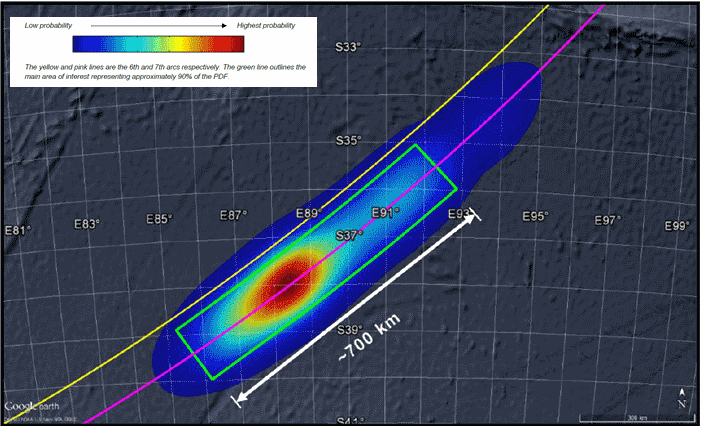
Figure 1. Probability distribution for location of MH370
from DSTG study [1].
Unfortunately, the search for debris on the seabed in the area defined by the DSTG analysis has been unsuccessful to date. Additionally, the timing and location of recovered debris from MH370 that has drifted across the Indian Ocean and landed in La Reunion, Mozambique, Mauritius, and South Africa suggest that MH370 might have crashed to the north of the current search area. For instance, Godfrey [2] performed drift studies of recently recovered debris which suggest a location along the 7th arc that is near 30S latitude. The failure to find the debris in the current search area combined with results from the drift studies provides a motivation to revisit the assumptions that were used in reconstructing possible flight paths.
Here, a possible flight path is proposed that terminates to the north of the current search area. The main differences in assumptions between the DSTG study and the present work are:
- In the DSTG study, the aircraft was assumed to be flying nearly level at 18:40 and on a southerly course. In the current study, the aircraft was assumed to be descending at 18:40 and following a northerly course until about 18:58. The later turn to the south produces an end point to the north of the current search area.
- At some time before 19:41, the aircraft began traveling along a path of constant magnetic heading and was slowly descending.
- There were no pilot inputs after 19:41, i.e., the aircraft was on a path of constant magnetic heading, scheduled speed, and constant (negative) vertical speed.
Methodology to Reconstruct Flight Paths
The methodology to reconstruct the flight paths is similar to what has been presented by others, including the published work of Ashton et al. [3]. A BTO value defines an arc on the surface of the earth, and paths can be reconstructed that cross these arcs at the appropriate time by matching the satellite-aircraft range. (The exact position of the arc depends on the altitude of the aircraft. At higher altitudes, the arc is located further from the subsatellite position.) The paths were reconstructed by forward integrating in time and matching within a tolerance of 10 km the satellite-aircraft range at handshake times as derived from the BTO values and the satellite position. The model includes an accurate parameterization of the satellite position and velocity, meteorological data, and the earth’s ellipsoid geometry. The satellite position and velocity vectors are estimated using the PAR5 parameterization of Rydberg [4], which agrees well with the position and velocity vectors presented by Ashton [3]. The earth is modeled as an oblate spheroid using WGS84.
Meteorological data were included in the analysis in order to properly model the effect of temperature and wind on speed and direction. The meteorological data for March 8, 2014 at 00:00 UTC were extracted from the GDAS database by Barry Martin [5], where data are available with an altitude pressure resolution of 50 hPa and a surface resolution of 1 deg in latitude and longitude.
After flight paths were reconstructed using the BTO data, the predicted values of BFO were compared to the measured values to ensure that match was within an acceptable tolerance of 20 Hz.
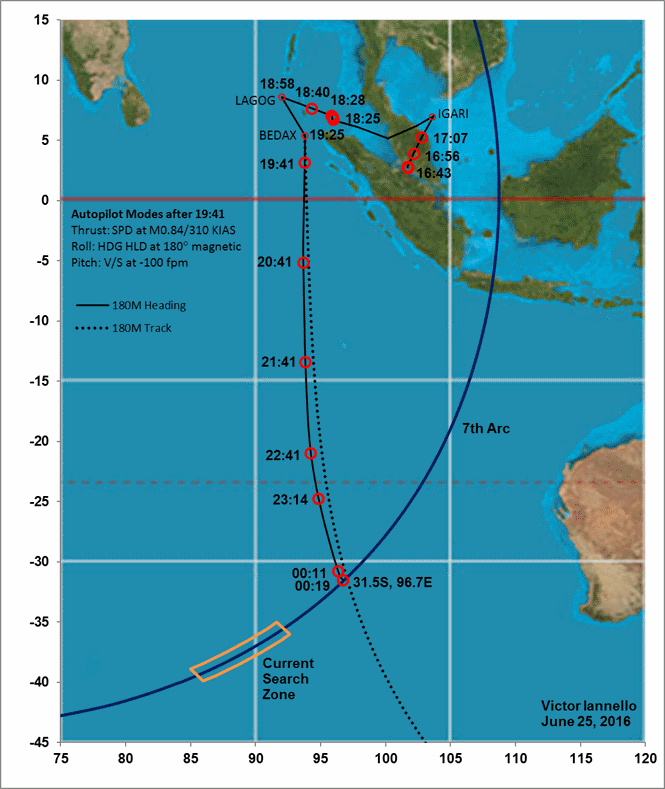
Figure 2. Flight path ending north of the current search zone.
Possible Flight Path Ending North of the Current Search Zone
The particular flight path of interest is the solid line shown in Figure 2. After the last radar capture at 18:22, we assume the aircraft continued to fly northwest, roughly following airway N571 to waypoint LAGOG, which it reached around 18:58. (The BTO and BFO data sequence between 18:25 and 18:28 suggest there might have been a small, lateral, side-step manoeuver to the right, but this does not change the end point location in a significant way and will therefore not be discussed here.) At waypoint LAGOG, the aircraft turned southeast towards waypoint BEDAX. Upon reaching BEDAX at around 19:25, the aircraft turned towards a heading of 180° magnetic, and continued on this heading for the remainder of the flight.
If the aircraft flew a track in which its path after BEDAX was always exactly in the direction of 180° magnetic, it would follow the path shown as a dotted line in Figure 2. The reason why this path deviates from the path of constant heading (solid line) is because of the prevailing wind pattern, which was blowing towards the west for positions to the north of about 22S latitude and blowing towards the east for positions to the south of 22S latitude.
As the dotted line in Figure 2 shows, the track of constant magnetic direction curves to the east at lower latitudes. This is due to the increasing deviation along the path between the magnetic north pole and the true north pole. This deviation is known as magnetic declination. The consequence of this curving is that constraining the aircraft to cross the ping arcs at the appropriate times requires that the ground speed of the aircraft reduces as the aircraft travels south.
The possibility that the aircraft’s speed continuously changed along the path was not considered in the DSTG study [1]. Here we consider the possibility that at a time near 19:41, the aircraft was at an altitude of around 38,800 ft and on autopilot with the following settings:
- Roll mode: Heading Hold at 180° magnetic
- Thrust mode: Speed at M0.84 followed by 310 KIAS after descending past the cross-over altitude of 31,560 ft
- Pitch mode: Vertical Speed of -100 fpm (descending)
The descent rate of -100 fpm is the smallest rate of descent that is possible by setting a vertical speed. At this rate of descent, if fuel exhaustion had not occurred, the plane would have descended into the sea on March 8 at about 02:08 UTC, or a little under two hours after the estimated time of fuel exhaustion of 00:15. At 00:19, the aircraft is predicted to be in a steep descent of -4560 fpm.
Values for selected flight parameters is included in the following table:

Table 1. Flight parameters at selected points along path.
Conclusions
The present work revisits some of the assumptions used to reconstruct possible flight paths for MH370. In particular, by assuming the aircraft at 18:40 was traveling to the northwest and descending, a later turn to the south is predicted, resulting in an end point further to the northeast than the current search zone. By assuming the aircraft after 19:41 was on autopilot and in a constant state of slow descent, following a path of constant magnetic heading of 180°, a curved path was reconstructed that matches the satellite data and crosses the 7th arc near 31.5S latitude. This end point is consistent with drift studies that predict a possible crash point along the 7th arc at around 30S latitude, and should be considered for further investigation.
Acknowledgement
The author is grateful for comments and corrections provided by fellow Independent Group members: Brian Anderson, Duncan Steel, and Richard Godfrey.
References
[1] Davey, S., et al., “Bayesian Methods in the Search for MH370”, Defence Science and Technology Group, November 30, 2015, https://www.atsb.gov.au/media/5733804/Bayesian_Methods_MH370_Search_3Dec2015.pdf .
[2] Godfrey, R., “What the Nine Debris Finds May Tell Us about the MH370 End Point”, June 2, 2016, https://www.duncansteel.com/archives/2652 .
[3] Ashton, C., et al., “The Search for MH370”, Journal of Navigation, October 7, 2014, http://journals.cambridge.org/download.php?file=%2FNAV%2FNAV68_01%2FS037346331400068Xa.pdf&code=38b6842b760772f03a840b894cced959 .
[4] Rydberg, H., http://bitmath.org/mh370/satellite-par5-ecef.txt.gz
[5] Martin, B., http://www.aqqa.org/MH370/models/NCEP/GDAS_FNL/gdas2014030800f00.txt
Addendum regarding the large debris item found in Tanzania:
A discussion of the photographic evidence for this being a part of the right outboard flap from a B777 has been conducted by Mike Exner and Don Thompson; it is available here.

